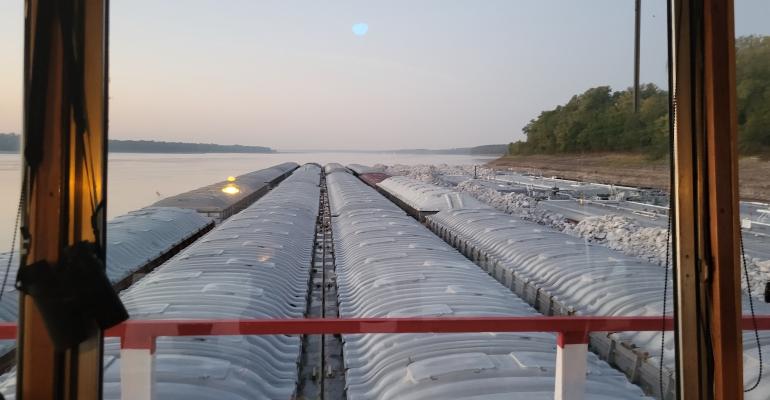Corridor of the Future Proposal
 On October 20, 2006, the Mississippi Valley Freight Coalition submitted a proposal for the Upper Midwest Corridor to be named a “Corridor of the Future” by the USDOT. Up to five Corridors will be selected through the Corridors of the Future Program. The MVFC was pleased to submit this proposal on behalf of the states in the Mississippi Valley region and hopes to continue working with the states during the application stage of the Program. An excerpt of the Proposal is posted below, followed by a link to the full document (10 pages).
On October 20, 2006, the Mississippi Valley Freight Coalition submitted a proposal for the Upper Midwest Corridor to be named a “Corridor of the Future” by the USDOT. Up to five Corridors will be selected through the Corridors of the Future Program. The MVFC was pleased to submit this proposal on behalf of the states in the Mississippi Valley region and hopes to continue working with the states during the application stage of the Program. An excerpt of the Proposal is posted below, followed by a link to the full document (10 pages).
Excerpt:
The Upper Midwest Corridor is multimodal, following the path of I-80/90/94. The proposed multimodal Corridor of the Future follows the path of I-80/90/94 through the states of Iowa, Illinois, Indiana, Ohio, Michigan, Minnesota, and Wisconsin. Although the Corridor is defined by I-80/90/94, the connected transportation system in the region is multimodal, including:
- Major north/south US Interstates 35, 39, 55, 65, 69, 71, and 75
- Canadian Highways 401, 403, and QEW
- Local, regional, and Class I railroad facilities
- The Great Lakes/St. Lawrence Seaway System
- The Illinois, Ohio, Mississippi, and Missouri Rivers
- Intermodal terminals and ports
The primary and secondary Interstate routes of the Upper Midwest Corridor are detailed in Figure 1. In addition to the seven states hosting part of the I-80/90/94 infrastructure, the Corridor’s level of mobility has significant impacts on Kansas, Kentucky, and Missouri to the south, and Manitoba and Ontario to the north.
The states in the Upper Midwest came together to develop a vision for future movement of freight in the region comprised of three main elements: cooperation across state and international borders, multimodal systems operation, andadequate systems capacity. The vision defines a future in which demands for transportation can be met by cooperating with each other and the affected provinces of Canada to efficiently use all transportation modes.
The Upper Midwest Corridor lies at the heart of the nation. Major cities on the Corridor include Minneapolis/St. Paul, Madison, Des Moines, Milwaukee, Gary, Detroit, Toledo, and Cleveland. At its core is Chicago, the nation’s third largest city and the home to the nation’s busiest airport and the nation’s busiest rail gateway, accounting for one-third of the nation’s freight rail traffic.
There is a significant opportunity to greatly improve trade, efficiency, and reduce economy-restricting congestion in this Corridor. The Corridor is an important connection between other significant trade routes and travel paths. The I-80/90/94 Corridor provides key connections to the North/West Passage I-94 corridor to Seattle and the NASCO Corridor of I-29 and I-35. These routes connect the Midwest to Mexico and the Pacific Northwest. I-94 through Detroit connects the United States to Canada, the nation’s largest trading partner, in a series of extremely important border crossings. The corridor also serves to connect the auto industry and I-75 to important markets. The southern part of the Mississippi Valley region includes the important I-70 corridor, with its connections to the NASCO and I-95 corridors as well. The interconnected nature of the United States transportation system is reliant upon all parts of the system to function appropriately. The Upper Midwest Corridor is essential to the entire nation.
Link to entire Upper Midwest Corridor Proposal (10 pages)
